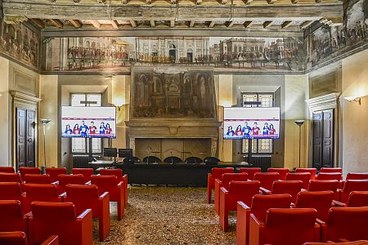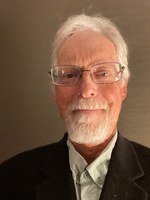A silent global crisis: the demise of springs, hotspots of biocultural diversity
Springs neglect in developed nations and proposal of measures needed to improve scientific knowledge and protection

-
Date: 21 NOVEMBER 2023 from 17:30 to 19:00
-
Event location: Istituto di Studi Avanzati, Sala Rossa (Via Marsala, 26 - Bologna) - In presence and online event
-
Type: Lectures
Springs are among the most geomorphologically, biologically and culturally diverse, productive, and ecologically influential ecosystems on Earth, emerging in terrestrial as well freshwater and marine settings. While typically fairly small, springs are nonetheless extremely abundant, with likely more than 10 million on Earth. Springs collectively support an enormous biodiversity of rare and often endemic microbes, algae, and macroinvertebrates, and some vertebrate species. Spring assemblages are composed of upland, wetland-riparian, aquatic, and aquifer species, including some of the most restricted, tightly adapted, and morphologically extraordinary taxa. However, springs, the groundwater aquifers that support them, and springs-dependent assemblages have been extensively used and modified throughout human history, and springs are increasingly threatened by groundwater extraction, pollution, and land use, as well as climate change. In this presentation, I will highlight the biodiversity and importance of springs in Nature and to human evolution, culture, and socio-economy. I will present a series of reasons why springs have been neglected in developed nations. I will illustrate my points using examples of springs around the world from a recent, first-ever global analysis of springs distribution. This talk presentation will emphasise spring ecosystem diversity, importance, and the steps needed to facilitate improved scientific understanding and stewardship.
Do you want to attend this lecture?
-
Sala Rossa, Palazzo Marchesini, Via Marsala, 26 - Bologna
If you prefer to attend this lecture in presence, you should write to segreteria.isa@unibo.it within November 21, 12 p.m. and book your place. The places will be assigned on “first come first served” basis.
PhD students and researchers who are interested may request an attendance certificate.
The delivery of the attendance certificate requires the attendance of at least 70% of the lecture.
